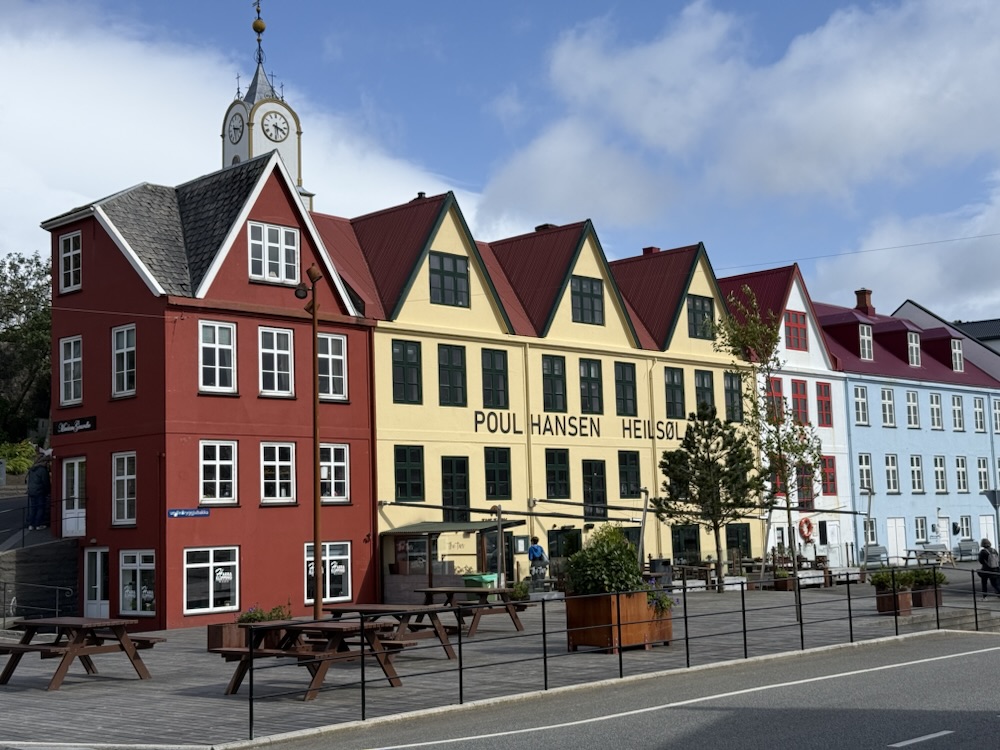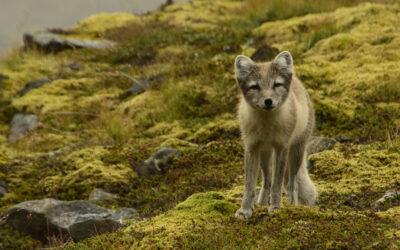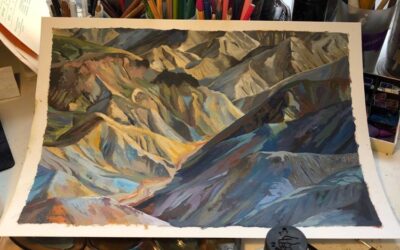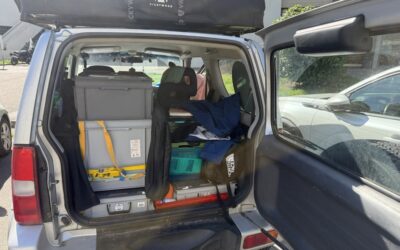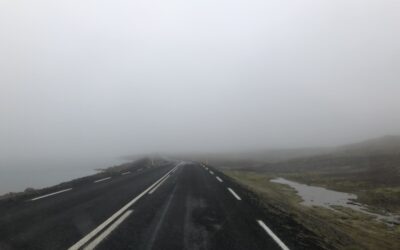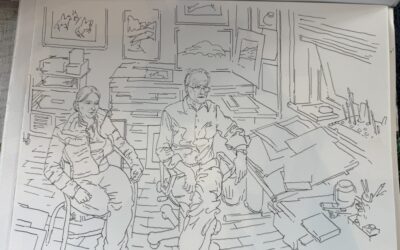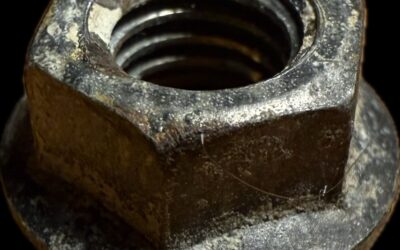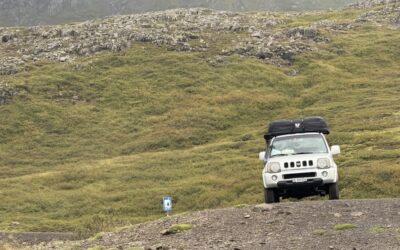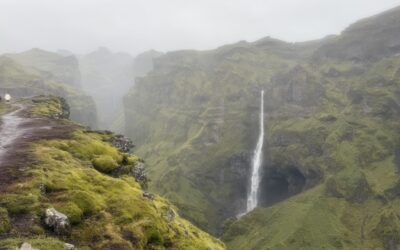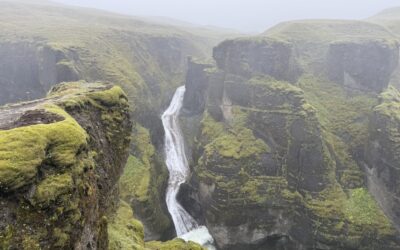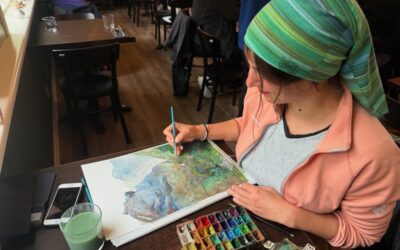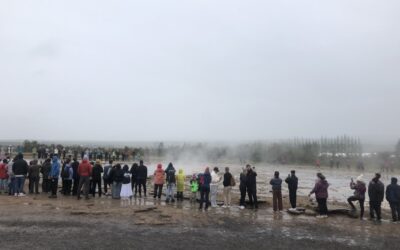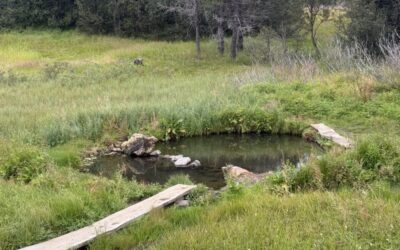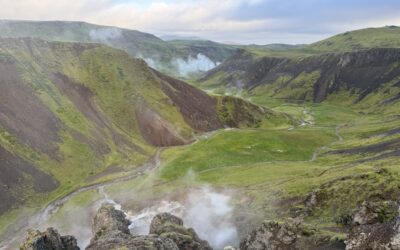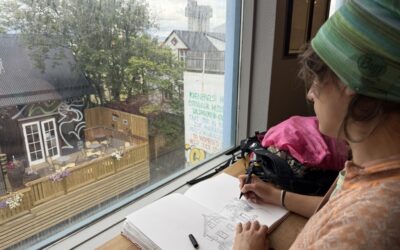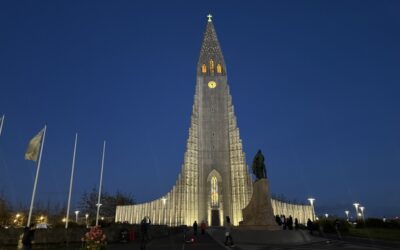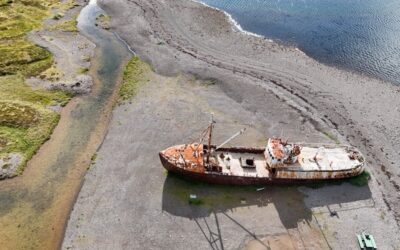📍 The basics
Location: Archipelago of 18 volcanic islands in the mid-North Atlantic, between Iceland and Norway (but under Danish sovereignty). Area: ~1,400 km² (roughly the size of London, but with many more sheep). Population: ~54,000. Language: Faroese (close to Icelandic) and Danish. Status: Internally self-governing since 1948, but attached to the Kingdom of Denmark for defense and foreign affairs. Climate: Very unstable oceanic—four seasons in one hour. Cool summers (10–13 °C), mild but wet winters.
🏔 Landscapes & nature
Relief: Steep cliffs, steep mountains, deep fjords, narrow valleys. Vegetation: Few or no native trees (wind and salt limit them), but plenty of green meadows. Wildlife: Ubiquitous sheep (more than locals), puffins, northern gannets, seals, and the occasional pilot whale. Coastline: Spectacular, often accessible on foot via traditional trails between villages. Iconic sites: Gásadalur and its waterfall dropping directly into the sea. Trælanípan (Sørvágsvatn cliffs) where the lake seems to float above the ocean. Kalsoy and its isolated lighthouse at the end of a vertiginous ridge. Mykines for the puffins.
🚗 Access and travel
From Europe: Direct flights to Vágar (main airport), often via Copenhagen or Reykjavik. Smyril Line ferry from Hirtshals (Denmark) to Tórshavn. Between islands: Underwater road tunnels (some for a fee). Regular ferries to unconnected islands. Public helicopters (subsidized, sometimes cheaper than the ferry!). Road network: Good, but weather and fog can change everything in a matter of minutes.
🏠 Local life
Culture: Very attached to its traditions, polyphonic singing, knitting (typical wool sweaters), fishing and livestock farming. Economy: Mainly fishing and aquaculture (salmon). Tourism still limited but growing. Religion: Mainly Protestant. Pace of life: Calm, centered on the community and nature, often dictated by the weather.
🍽 Kitchen
Fish and seafood: Dried, fermented, or smoked (salmon, cod, scallops). Mutton: Often dried/fermented (skerpikjøt). Taste for fermentation: Legacy of traditional preservation in salt winds. Dairy products, potatoes, and rhubarb are also present. Modern gastronomy is booming (e.g., Michelin-starred KOKS restaurant).
⚠️ What you need to know before you go
Unpredictable weather: Always wear waterproof and warm clothing, even in summer. Hiking: Some trails pass through private land → sometimes a right of way fee. Mobile signal: Good on the larger islands, more unpredictable on the more isolated ones. Light: Summers with very short nights, winters with very short days → spectacular photos. Tourism: Not saturated like Iceland, but you have to respect the (fragile) places and communities.
💡 In summary
The Faroe Islands are a mix of miniature Iceland and wild Norway, but with their own cultural identity.
It is a paradise for those who love isolation, walking, the omnipresent sea and raw atmospheres, but you have to accept:
the unpredictable weather, the sometimes slow logistics, and life that revolves around the natural rhythm.

